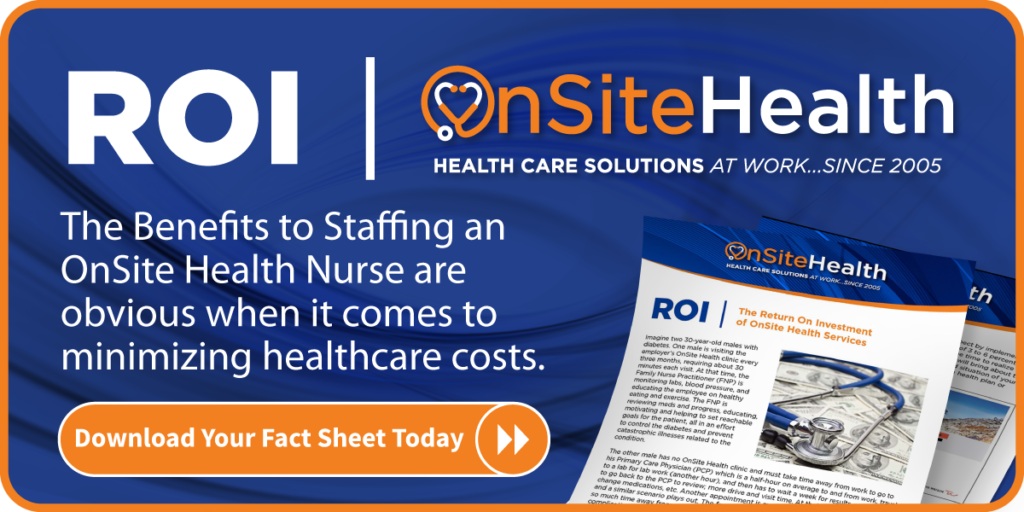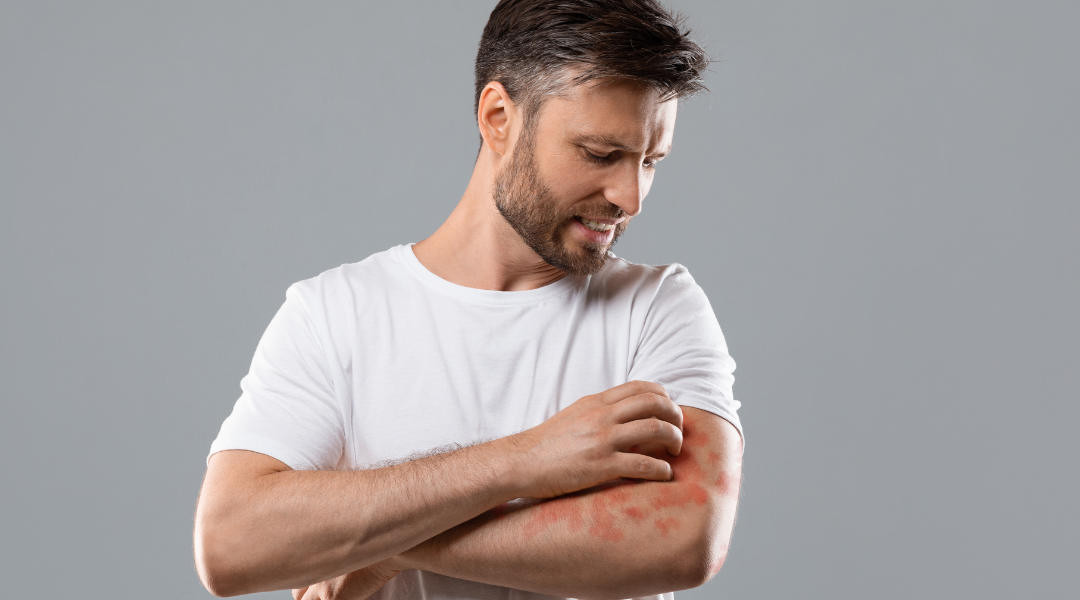We have been living with COVID-19 for over two years, but now, another concerning infectious disease has reached the US called monkeypox. This virus has spread quickly across the world, and now is in the US, the total number of confirmed monkeypox cases in the U.S. is 5,811. The virus is not as contagious nor as dangerous as COVID-19, but the infection is still painful, and potentially dangerous to people who are immunocompromised. Monkeypox can affect anyone at any place, including work, so here are some monkeypox preventions to keep your workplace healthy.
Improve Access to Healthcare with On-Site Clinics
What is Monkeypox?
Monkeypox is caused by the monkeypox virus. The virus usually affects rodents like mice and rats, or nonhuman primates like monkeys, however, humans can also contract it. Monkeypox usually occurs in Central and West Africa, however, with recent outbreaks, there are cases outside of Africa often caused by international travel, imported animals, and close contact with a person or animal with monkeypox.
What are the Symptoms?
According to the Mayo Clinic, monkeypox symptoms can start from 5 to 21 days (the incubation period) after you have been exposed. The symptoms can last from 2 to 4 weeks and can include
- Fever
- Chills
- Skin Rash
- Headaches
- Muscle Aches
- Fatigue
- Swollen Lymph Nodes
Between 1-4 days after the fever and chills, a skin rash will emerge. It often starts on the face, hands, or feet, and then spreads throughout the body. The monkeypox rash has stages: first, it may look like flat spots, which turn to blisters; the blisters fill with puss, before crusting over and falling off over a span of 2 to 4 weeks.
Monkeypox can spread from the start of symptoms, up until rash and scabs heal completely. It’s important for you or someone you know to talk to a healthcare provider right away if you experience these rashes and avoid contact with anyone.
Not everyone with monkeypox will develop all of the symptoms and may present only a few signs or not at all. There is a chance you may have it and not know it but can still spread it to others.
How can Monkeypox Spread in the Workplace?
Monkeypox can be prevented, but to do so, it’s important to understand how it’s transmitted. As mentioned, monkeypox spreads through close contact with an infected person or animal. It can even spread when a person handles materials like clothes or a blanket that has been in contact with someone who has monkeypox.
Person-to-person transmission can occur when you come into close contact with the sores, rash, or body fluid of a person with monkeypox. Also, if there is extended close contact with respiratory droplets from an infected person, usually more than four hours of contact, the disease may spread. If a woman is pregnant and infected, the virus can also spread to the fetus.
Animal-to-person transmission can include animal bites or scratches, wild game that is cooked for food, products that are made of infected animals, and direct contact with body fluids or rashes of animals with monkeypox.
Monkeypox Prevention to Keep Your Workplace Healthy
Taking these steps at your workplace can help prevent the spread of monkeypox:
- Inform your employees to avoid close contact with people who have a rash that looks like monkeypox
- Avoid handling clothes, blankets, sheets, or any other materials that have been in contact with an infected person or animal
- Isolate those who have monkeypox and ask them to stay at home and quarantine until the blisters fall off and heal.
- Thoroughly wash your hands well with soap and water
- Wear a mask if there is close contact with other employees for more than 4 hours
OnSite Health’s Experience Can Help Your Company
At OnSite Health, we provide on-site nurses that are licensed, trained, and experienced to handle any situation, including monkeypox prevention. We have the expertise to help you and your employees be healthy, safe, and productive. Contact us today to learn more about what we can do for your organization.

